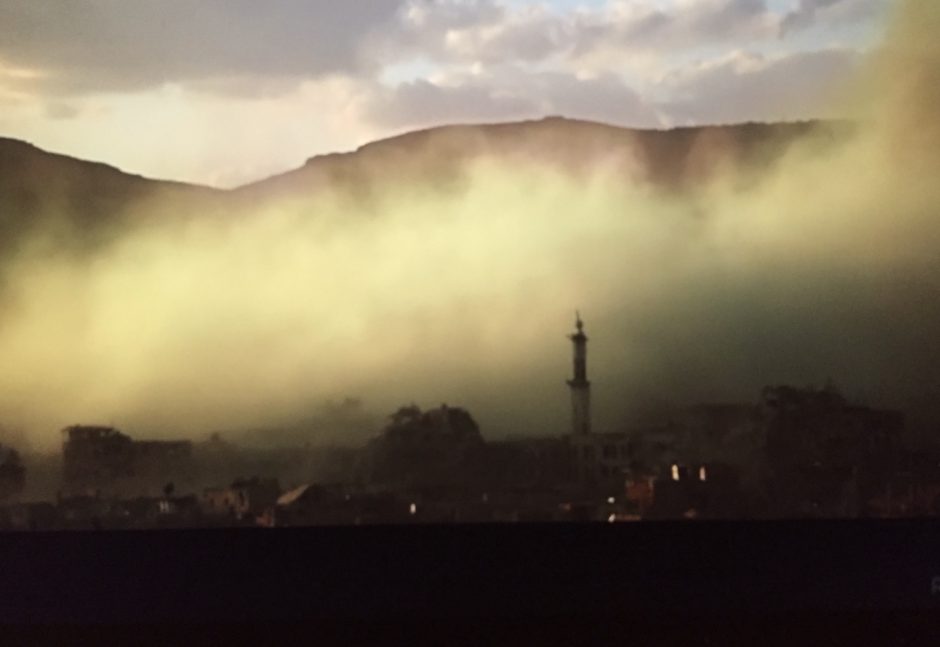For five years, until 2018, the Syrian government of President Bashar al-Assad besieged Eastern Ghouta, a suburb of Damascus populated in the main by Syrians opposed to his totalitarian regime. Following the outbreak of the civil war in Syria in 2011, Eastern Ghouta was regularly pummelled by forces loyal to Assad. In the summer of 2013, they deployed banned chemical weapons there to break the resistance, touching off an international outcry during which the United States almost launched airstrikes against Syria.
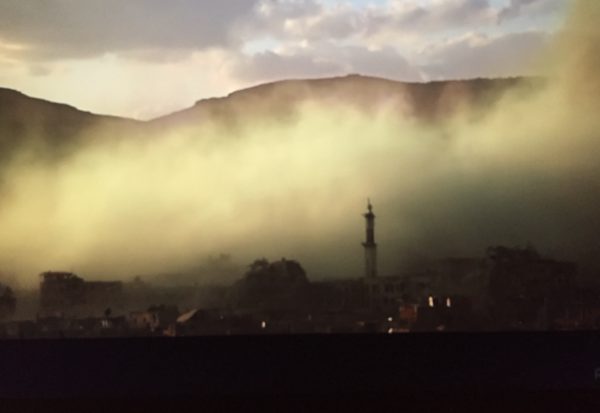
As Assad’s land and air attacks continued unabated, many of its residents fled, leaving 400,000 frightened Syrians huddled in Eastern Ghouta. Feras Fayyad’s vivid and sorrowful film, The Cave, which opens in Toronto on November 1, focuses on its only hospital, a subterranean facility manned by a dedicated and overworked staff. The footage was shot between 2016 and 2018.
The hospital, consisting of a network of dark tunnels and dimly-lit rooms, was evacuated last year under United Nations auspices. Until then, it was managed by a young pediatrician, Dr. Amani Ballour, who wears a hijab and a robe. She’s at the center of Fayyad’s one-and-a-half hour movie
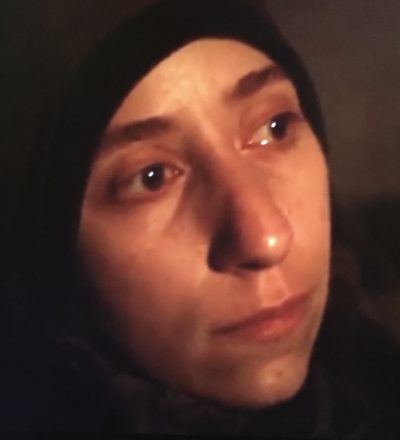
Since Eastern Ghouta was constantly bombarded, a shocking number of its inhabitants were killed or wounded. The injured, ranging from infants to geriatrics, were brought to the hospital day and night, placing an enormous responsibility on its attendants, nurses, and doctors.
Referred to as Amani, Dr. Ballour rarely has a quiet moment to herself. In the first few moments of the film, she treats an infant whose breathing momentarily stopped and a girl who was struck in the neck by rocket shrapnel. Amid the chaos, an older man, a male chauvinist, berates Amani, telling her that women should remain at home with their families. She takes his sexist comment in stride.
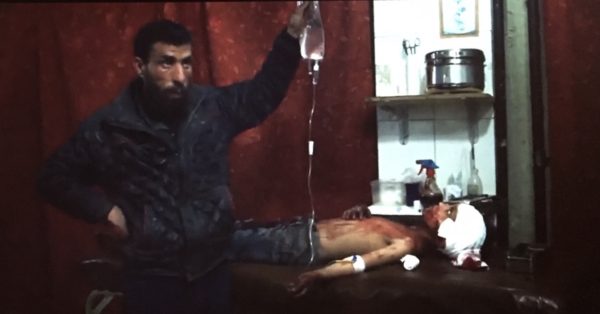
Having run out of anesthetic, a surgeon plays classical music on a cell phone to calm the nerves of an injured teenaged boy. Upset by the carnage that Assad has inflicted, a hospital worker denounces his regime.
Amani goes outside, the camera panning on a bleak landscape of bombed-out buildings and rubble. In the distance, she hears bombs and rockets exploding.
Three missiles fired by a jet strike the hospital, scaring some of the workers. “Maybe the bastards will stop bombing,” Amani murmurs. “May God destroy the Russians,” says a woman in a reference to Assad’s chief ally, Russia.
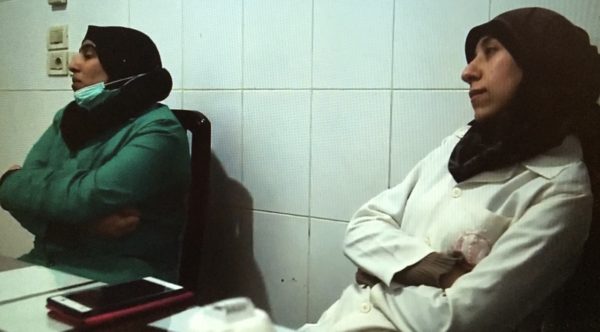
Comforting a girl whose father was killed by a car bomb, Amani asks empathetic questions and gently braids her hair.
Much to Amani’s distress, some of the patients suffer from malnutrition. This prompts her to wonder why people choose to have children during such hard times.
With drugs in such short supply, a physician throws up his arms in sheer frustration. “There is nothing we can do for them,” he says in tears.
“Where is my mother?” a bloodied boy cries as his injuries are examined.
An apparent chlorine gas attack floods the hospital with fresh patients. “Damn you, Bashar,” mutters Amani. Contemplating the mounting death toll in Eastern Ghouta, she’s unable to hold back her tears.
In a poignant scene, Amani rests her head on a desk, drained of energy by the humanitarian crisis that unfolds each day.
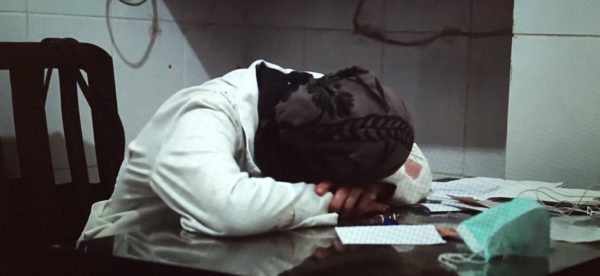
Amani’s father, in a brief telephone conversation, lauds her dedication and courage, but she fears she will be forever haunted by the awful sights she has witnessed.
As The Cave suggests, this may well be true.
